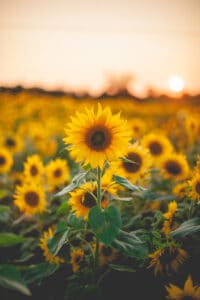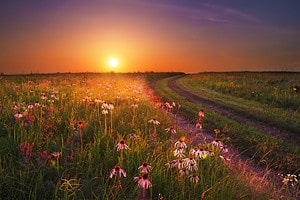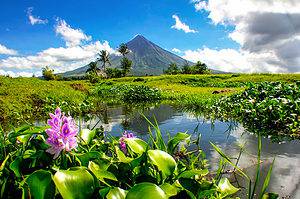There are several things we know about Southern California: its amazing beaches, sunny weather year-round, and the celebrities that hang around the cool spots in LA. We also know that Southern California needs rain. Every so often, it does rain in Southern California, contrary to popular belief and a song by Albert Hammond. But most of the time, it’s quite a dry region. It’s so dry that many gardens and backyards don’t have grass anymore and don’t have flowers. But what if you do want to have a cute little garden? Some flowers are perfect and grow naturally and fantastically in Southern California. Let’s take a look at the eight best perennial flowers to plant in Southern California.
Anise Hyssop

Native Americans historically used this flower as medicine to treat coughs, fevers, or even diarrhea, but it can also be used in tea or salads.
©Wirestock/iStock via Getty Images
Anise hyssop (Agatasche foeniculum) is known by many names including the lavender giant hyssop, but its most common name is anise hyssop. Native to the northern regions of North America, this flower grows quite well during droughts. This is especially great for Southern California, which experiences droughts frequently. This plant can grow up to four feet tall with partial shade or total sun, and they are usually lavender-colored flowers.
Bird of Paradise
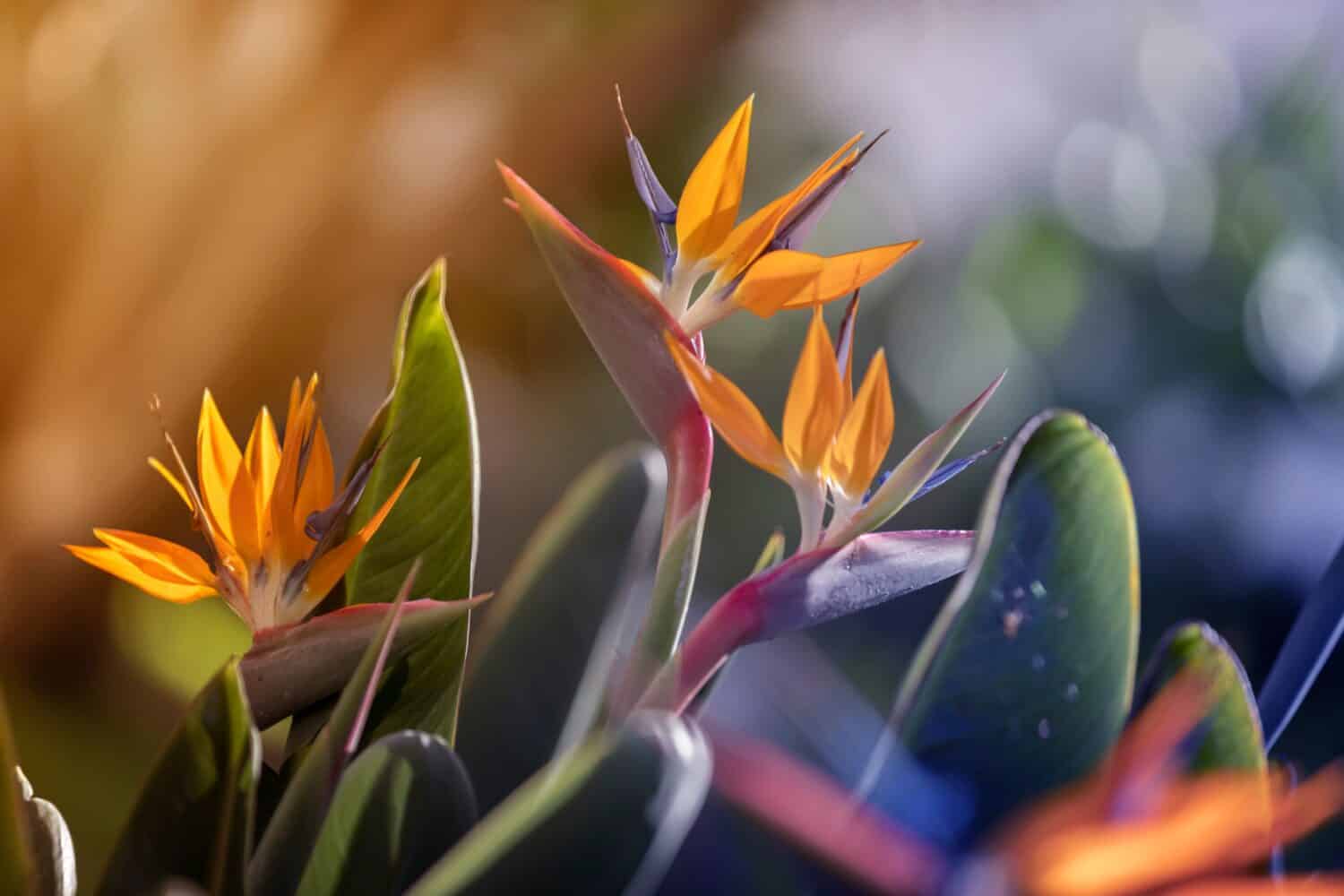
Joseph Banks named the flower as such in honor of British Queen Charlotte of Mecklenburg-Strelitz.
©Anetta Starowicz/Shutterstock.com
The bird of paradise (Strelitzia reginae) is a species of the Strelitzia flowering plant. Five species of Strelitzia flowering plants exist in the world. The flower is native to South Africa and because it’s perennial it’s widely planted throughout the entire world, especially in Southern California. It can grow up to four feet tall and it needs a lot of sun, though it can also survive in partial shade. The City of Los Angeles named it as its official flower.
California Fuchsia
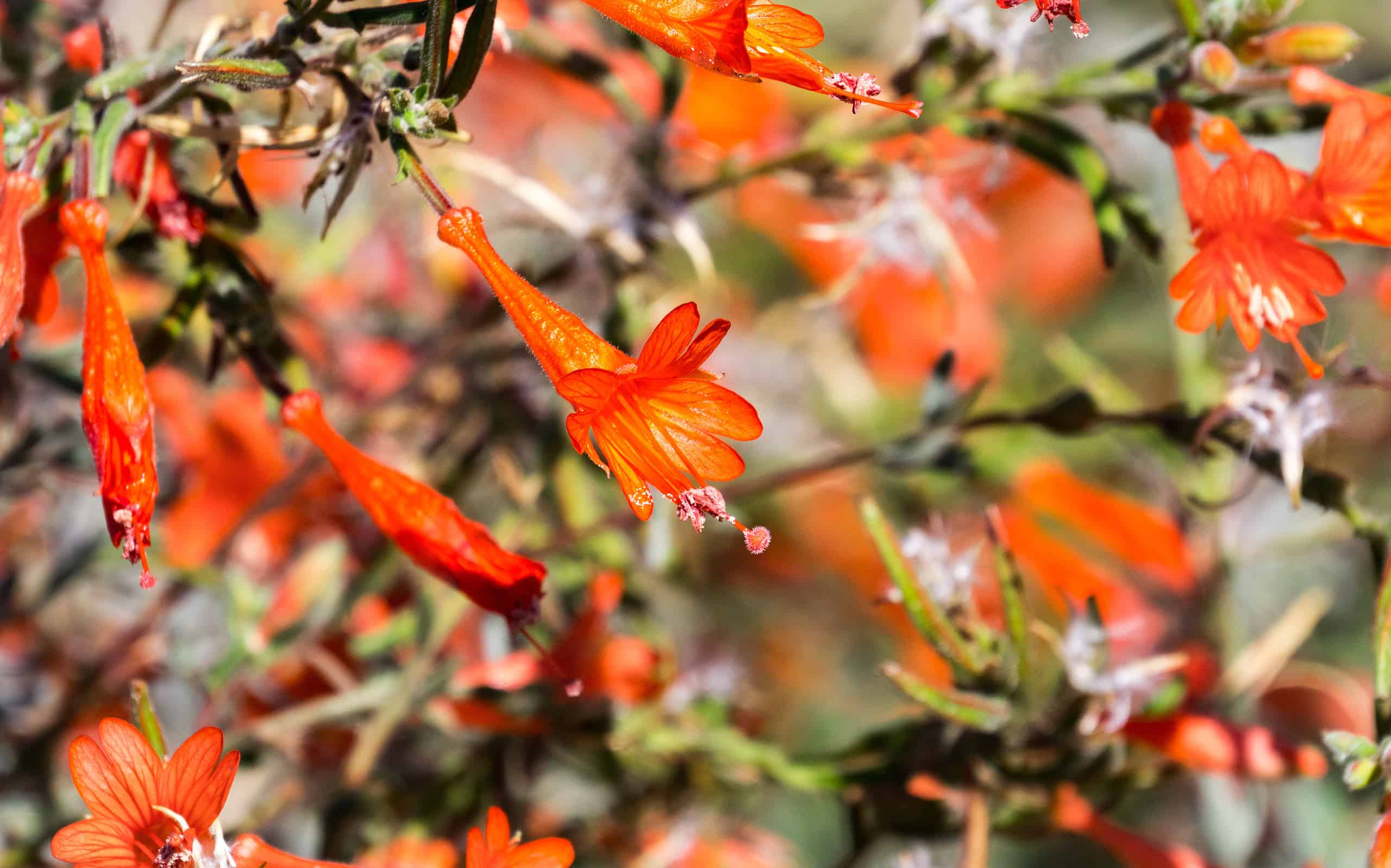
The California fuchsia is also called the Zauschneria, named after Johann Baptista Josef Zauschner, who was a botanist and medicine professor.
©Sundry Photography/iStock via Getty Images
The California fuchsia (Epilobium canum) is a flower that is part of the evening primrose family native to the western part of North America, specifically California. The flower blooms in the late summer and autumn months. Another name for the California fuchsia is the hummingbird trumpet because hummingbirds go wild and love to suck the sweet nectar from these flowers.
California Hummingbird Sage
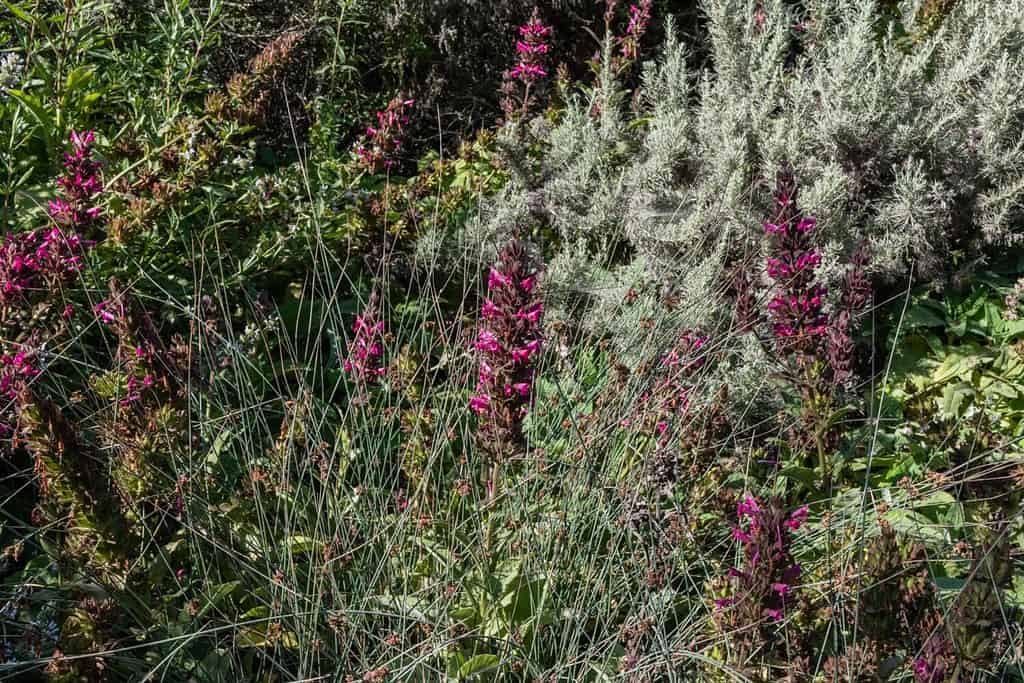
These flowers are perfect to grow in shade, but they could also grow under the sun.
©Alex Krassel/Shutterstock.com
The California hummingbird sage (Salvia spathacea) is a flowering plant native to California, especially in the central and southern regions. The flowers bloom between March and May and they have a sort of pink- purplish kind of color. The name comes from the fact that hummingbirds love these flowers and suck the nectar out of them. The flower’s stems can grow up to 20 inches, or 59 inches if growing on a woody base.
Blue Passionflower
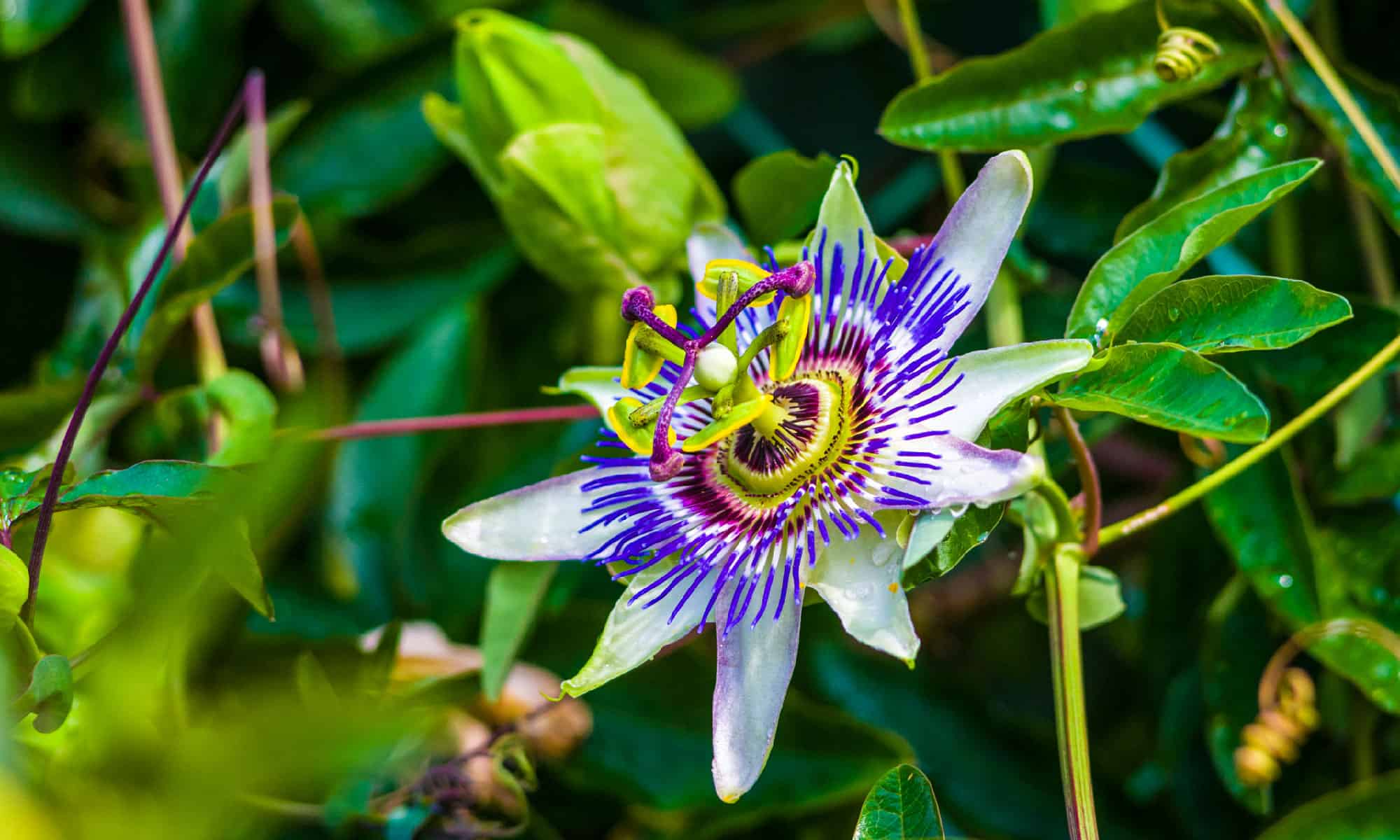
The Toba and Maka people historically used the blue passionflower as a medicine, but it can also be used as tea or other things like ice cream and marmalade.
©iStock.com/Shedu
The blue passionflower (Passiflora caerulea) is a flower that is native to South America. It now grows all over the world. The flowers are usually blue with a hint of white about them and bloom in the summer and autumn. This flowering plant also has a fruit that grows from its stems and it is an edible orange fruit. The fruit has a bit of a blackberry type of flavor when it fully ripens in the warm climates it’s native to. The flower is the national flower of Paraguay.
Sierra Beardtongue
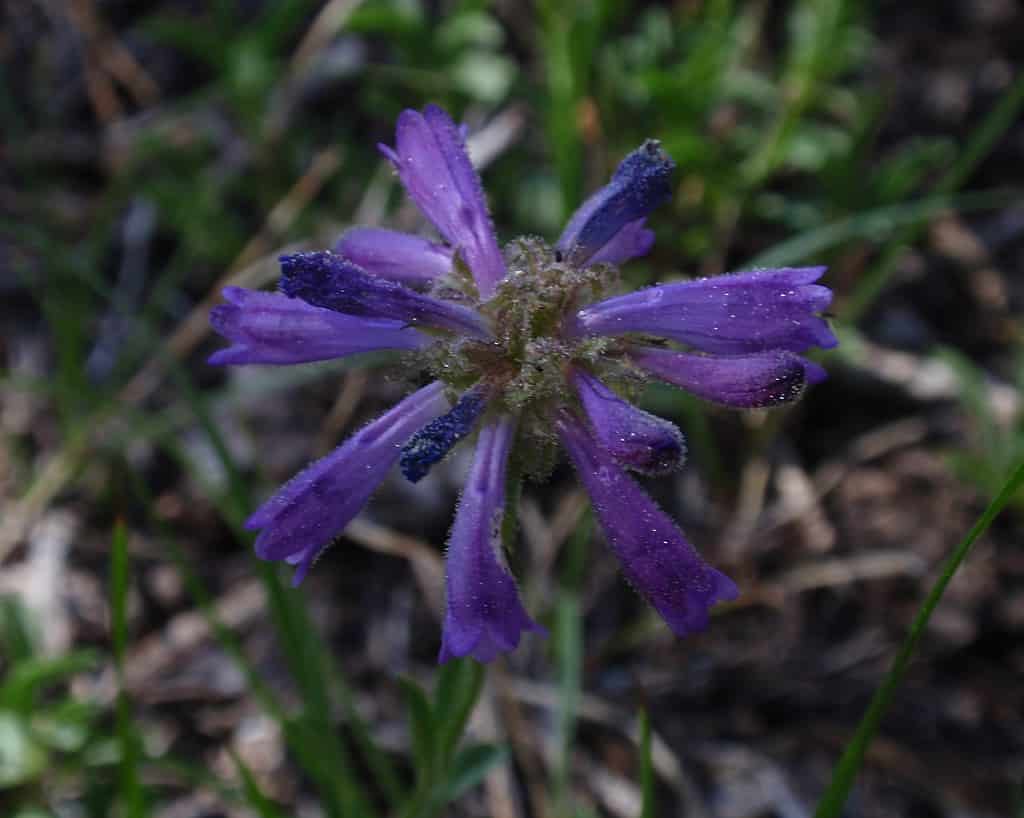
The flower is usually a tubular one with five stamens and one of them looks like it is curled, similar to a beard, which is why it’s named beardtongue.
©tomhilton, CC BY 2.0, via Wikimedia Commons - License
The Sierra beardtongue (Penstemon heterodoxus) is a flower native to California and the western portion of Nevada. It grows in abundance in the Sierra Nevadas and the Klamath Mountains, which means it’s more of an alpine flower that grows in forests and meadows. The stem can grow up to a whopping 25 inches and the plant’s flowers are a certain blue-purplish color.
Larkspur
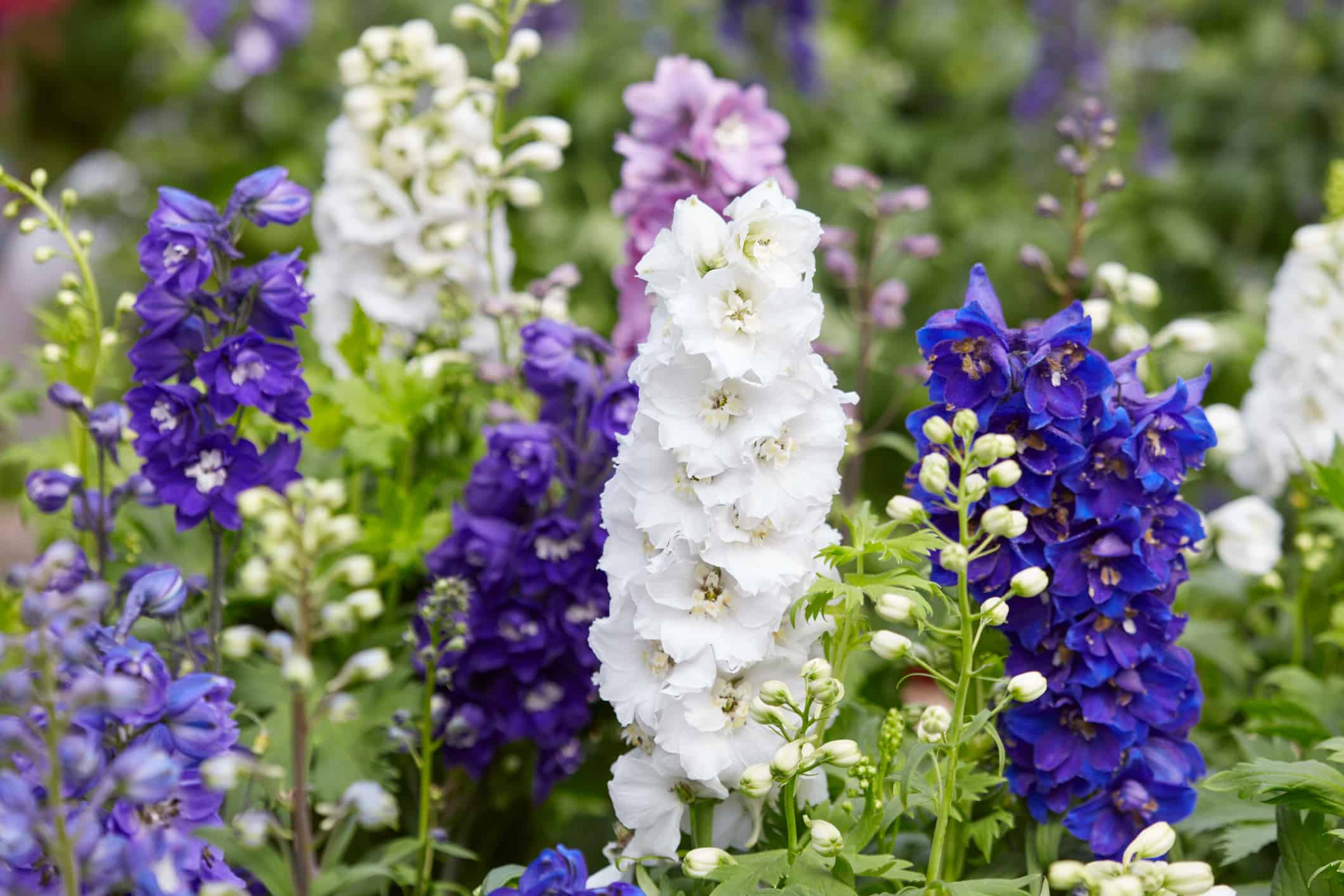
The Larkspur, whose scientific name is
Delphinium, was named as such because it had flowers the shape of dolphins.
©iStock.com/AndreaAstes
There are around 300 species of this perennial flowering plant called Larkspur (Delphinium). It is part of the Ranunculaceae family and is native to North and Central America, as well as the tropical regions of Africa. The flower, although quite beautiful, is toxic to humans, as well as most animals. The flowers can be a variety of colors from blue to purple to pink and can bloom in the spring or autumn.
Seaside Daisy
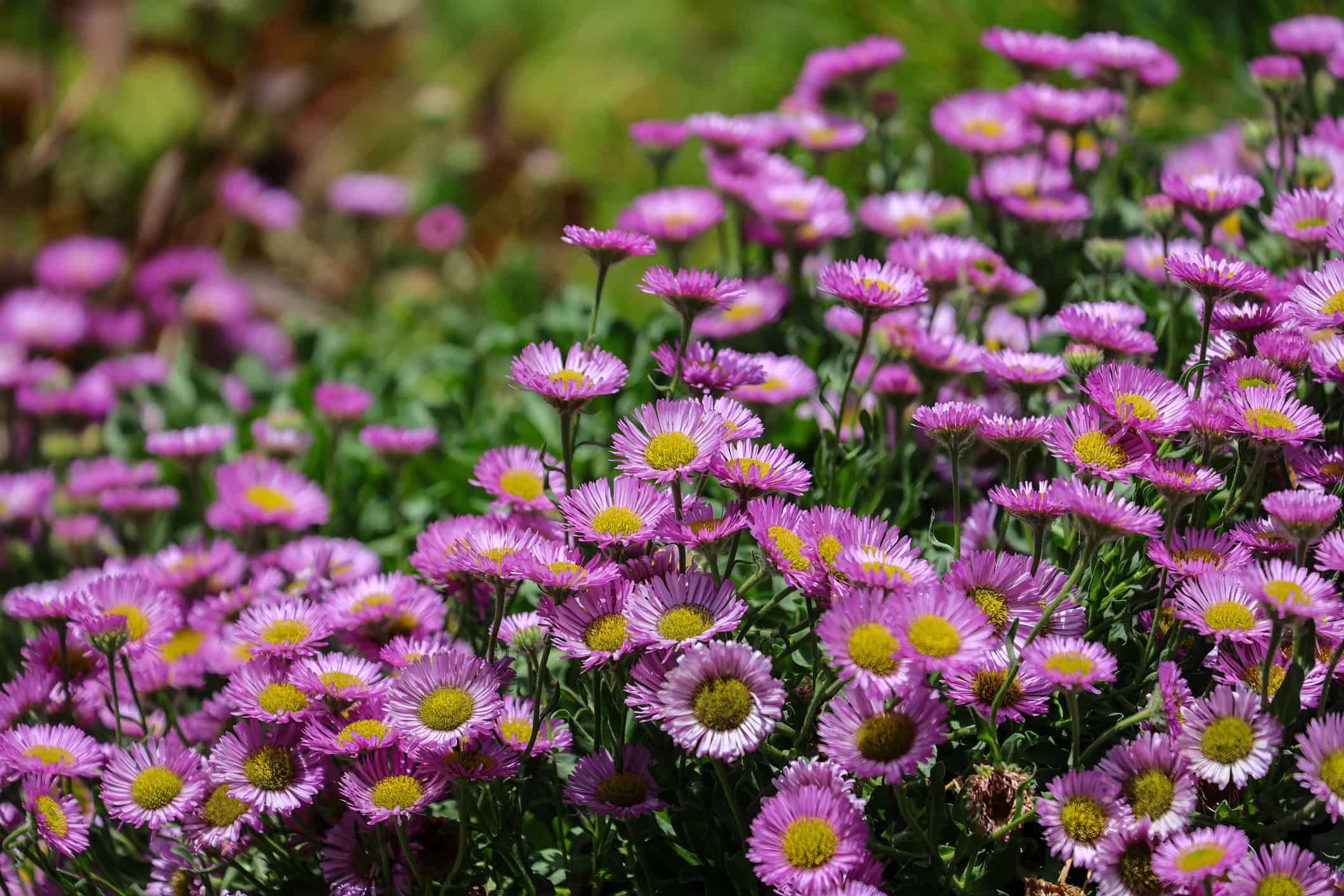
There is a special habitat that is located in the Monterey forests near the California coast.
©yujie chen/iStock via Getty Images
Native to the West Coast, the seaside daisy (Erigeron glaucus) is a flowering plant. It has several other names including beach aster or seaside fleabane. The flower is native to the California and Oregon coasts and usually grows near the bluffs and beaches. The seaside daisy can grow up to 15 inches tall and blooms between spring and autumn.
The photo featured at the top of this post is © iStock.com/Arlette Lopez
Thank you for reading! Have some feedback for us? Contact the AZ Animals editorial team.



